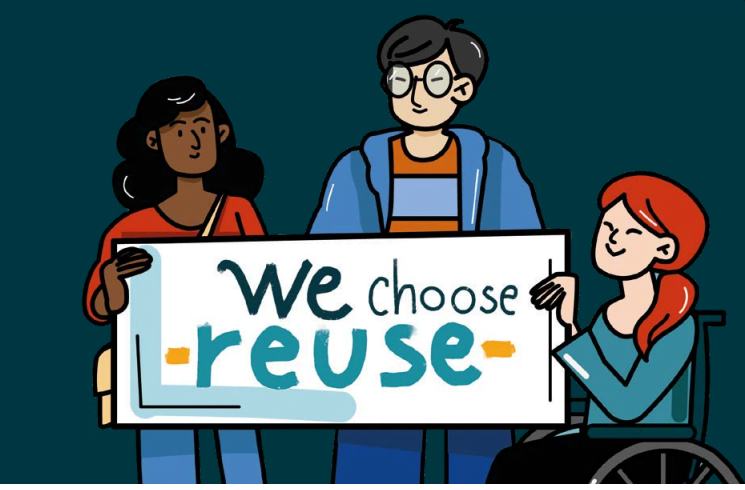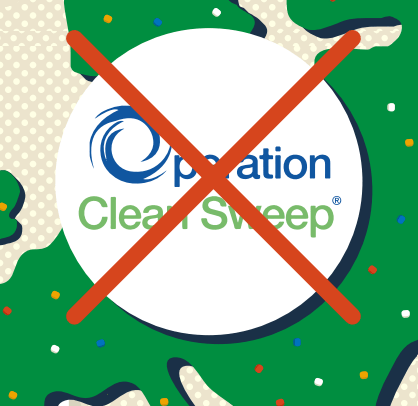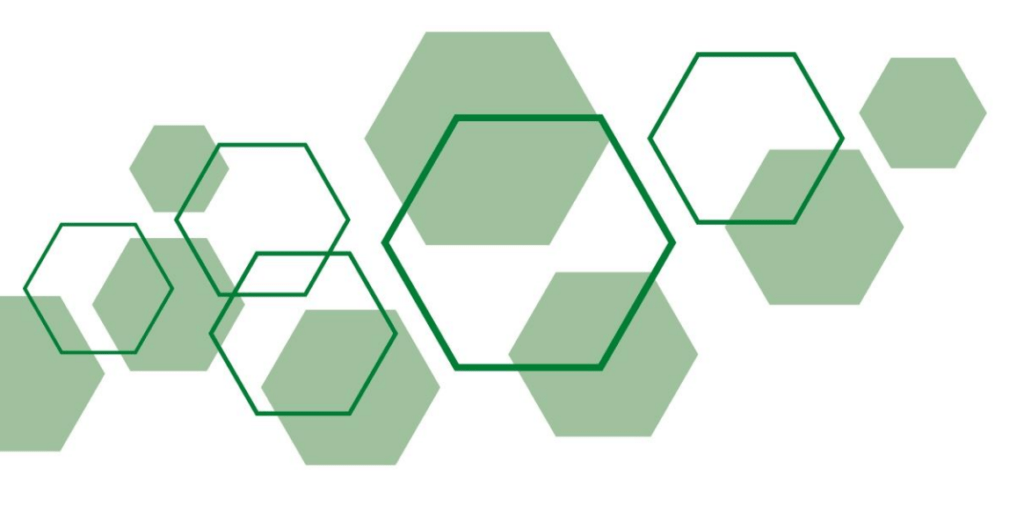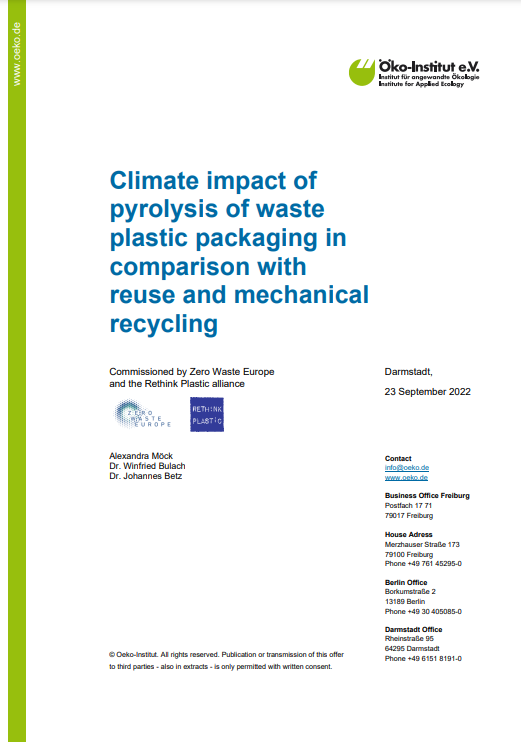Filters

Ahead of the proposal of the EU’s Packaging and Packaging Waste legislation, the Rethink Plastic alliance calls for reuse and prevention at the core of packaging law to achieve circularity,
decarbonisation and strategic independence.

Executive Summary of “A Just Transition to Reusable Packaging: Necessary conditions, benefits and best practice”, which looks beyond the environmental benefits of reuse and explores the potential socio-economic benefits, with a focus on the grocery retail and HoReCa (Hotel, Restaurant, Cafés) sectors.

Cette pollution industrielle n’est pas
anecdotique. Le problème est énorme et chronique en Europe et dans le monde, sans aucun signe d’amélioration. Les premières pollutions aux pellets étaient dans les années 1970, et les industries
fabrication et manipulation de granulés assument l’entière responsabilité de cette pollution. Pourtant, pendant des décennies, ils n’ont proposé qu’une fausse solution: Operation Clean Sweep.

This industrial pollution is not
anecdotal. The issue is massive
and chronic in Europe and globally,
with no signs of improvements.
The first instances of pellet pollution
were in the 1970s, and the industries
manufacturing and handling pellets
hold full responsibility for this pollution. Yet for decades, they have only offered a false solution: Operation Clean Sweep.

In this position paper, we discuss the opportunities to improve the guidance on the impact materiality assessment of the ESRS E5 draft, with recommendations, whilst addressing the definition of circular economy.

“A Just Transition to Reusable Packaging: Necessary conditions, benefits and best practice” looks beyond the environmental benefits of reuse and explores the potential socio-economic benefits, with a focus on the grocery retail and HoReCa (Hotel, Restaurant, Cafés) sectors.

The present study compares seven scenarios for the future of plastic packaging in the European
Union (EU) from a climate perspective, following the projected amounts of recycled plastics needed
by 2030.

This report seeks to provide a thorough analysis of where EU Member States stand in their transposition of the SUP Directive and of their level of ambition in achieving the objectives of the SUP Directive and in addressing plastic pollution.
